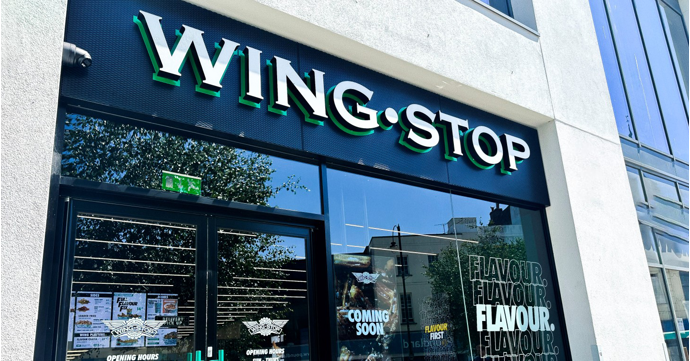As the nation digests what was one of the most hotly anticipated statements from any UK Chancellor in recent years, we turned to Nick Haines, partner at Gloucestershire accountants and business experts Hazlewoods, to help us break down just what Jeremy Hunt said and just what it all means.
Haines, head of tax and head of the property team at the Staverton headquartered firm, said that after having already reversed the wide-ranging tax cuts promised just two months ago by his predecessor, Kwasi Kwarteng, Hunt had now gone even further and raised taxes.
His aim – ‘stability, growth and public services’.
‘Additional rate taxpayers, who had previously thought they were going to pay a maximum of 40 per cent tax, will now pay 45 per cent earlier, with the additional rate band decreasing from £150,000 to £125,140,' said Haines.
‘Other taxpayers will see a continued freeze on all bands and allowances until 2028. With wage inflation running at over five per cent, this will bring more taxpayers into higher rates than they are currently paying.
‘With the employer’s national insurance threshold also frozen until 2028, tax by stealth will reach an eye watering £7 billion each year by 2027/28.
‘All the fears of capital gains tax rises were unfounded, although the annual exemption will fall from £12,300 to £3,000 by 2024/25, with the dividend allowance falling from £2,000 to £500 over the same period.
‘Whilst these all generate extra revenue for the Government, the hope of the Chancellor is that this will also help to drive down inflation, with expectations that it will fall to 7.4 per cent in the middle of 2023.
‘The biggest single revenue raiser was a windfall tax on energy providers, increasing it to 35 per cent until 2028 and a 45 per cent rate for electricity generators. At its peak, this is estimated to raise £7 billion per year.
‘On spending, the NHS and schools were protected, but other departments will need to tighten their belts. A range of support packages for the most vulnerable was announced to provide support during the cost of living crisis, whilst the energy price guarantee was extended until 31 March 2024, albeit at a higher rate of £3,000.'
Those on lower wages received positive news that the national living wage would rise by 9.7 per cent to £10.42 per hour, and the Chancellor also confirmed the commitment to the triple lock, ensuring the state pension will rise in line with inflation from April 2023.
‘So, the Chancellor’s going on a tax hunt; should we be scared? That really depends on whether the measures announced have the desired effect on inflation, economic growth and the UK’s debt levels. If not, this may just be the beginning,’ said Haines.





















